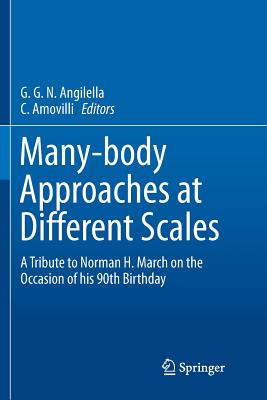商品描述
This book presents the theory of soft matter to students at the advanced undergraduate or beginning graduate level. It provides a basic introduction to theoretical physics as applied to soft matter, explaining the concepts of symmetry, broken symmetry, and order parameters; phases and phase transitions; mean-field theory; and the mathematics of variational calculus and tensors. It is written in an informal, conversational style, which is accessible to students from a diverse range of backgrounds. The book begins with a simple "toy model" to demonstrate the physical significance of free energy. It then introduces two standard theories of phase transitions-the Ising model for ferromagnetism and van der Waals theory of gases and liquids-and uses them to illustrate principles of statistical mechanics. From those examples, it moves on to discuss order, disorder, and broken symmetry in many states of matter, and to explain the theoretical methods that are used to model the phenomena. It concludes with a chapter on liquid crystals, which brings together all of these physical and mathematical concepts. The book is accompanied online by a set of "interactive figures"-some allow readers to change parameters and see what happens to a graph, some allow readers to rotate a plot or other graphics in 3D, and some do both. These interactive figures help students to develop their intuition for the physical meaning of equations. This book will prepare advanced undergraduate or early graduate students to go into more advanced theoretical studies. It will also equip students going into experimental soft matter science to be fully conversant with the theoretical aspects and have effective collaborations with theorists.
作者簡介
Jonathan Selinger is Professor of Chemical Physics and Ohio Eminent Scholar at Kent State's Liquid Crystal Institute. His research focuses on the theory of liquid crystals, nanoparticle suspensions, and related topics in soft materials and seeks to make connections between fundamental statistical mechanics and technological applications.
Selinger studied physics at Harvard University, receiving his A.B. in 1983 and Ph.D. in 1989. He then did postdoctoral research in Los Angeles, with positions at the UCLA Department of Physics and Caltech Department of Chemical Engineering. In 1992 he moved to the Naval Research Laboratory in Washington, DC, where he worked as a Research Physicist in the Center for Bio/Molecular Science and Engineering. In 2005 he came to his current position at Kent State. In addition to these research and teaching positions, he has also served as Associate Editor of Physical Review E, responsible for the liquid-crystal section of the journal.































